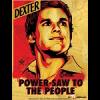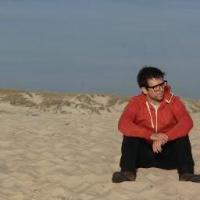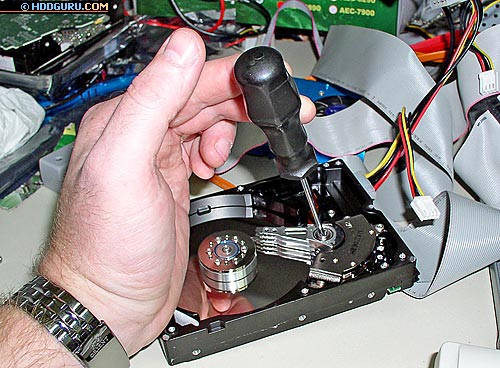If you get all the recovered photo's in one folder and put thumbnail view on you would'nt be wrong in thinking everything was recovered.
Read (attentively) challenge #1:
http://reboot.pro/14958/ it's when you maximise the photo's you see where things are awry. On some, once expanded, have about 85% of the image is just a block of grey and maybe 2cms thick across the top of peoples heads.
Others open but they are made up blocks of the other photo's and some open up "colorised" or kind of "negagtive" all from good looking thumbnails. But like I said most of them are ok.
As expected by at least one of the "masters"

From what I report what do you think is the cause the strange photo's recovered, are they recoverable perhaps in some more advanced environs, or could they actually be broken from the internal camera error.
Re-read (attentively) post #10:
http://reboot.pro/15233/page__st__9and post #6:
http://reboot.pro/15233/page__st__5you recovered some photos

and a number of "a bunch of sectors copied under a random name and not viewable/accessible" items

As you can see, these "bunches of bytes" can in some cases be opened/viewed partially, in some cases simply don't show anything, in some cases they look good but with "wrong" colours/light, in some cases can be made "almost good" by cropping the good part, etc., etc. but they represent NOT a "recovered picture".
This means logically that:
- NOT all corruption is "the same"
- NOT all images will ever be recoverable from the "bunch of bytes"
- the subset that CAN be recovered will need anyway several DIFFERENT approaches in order to be recovered
Simple FAQ/FGA:
Q1: Can I recover a corrupted jpeg image?
A1. Yes/No it greatly depends on the type and extension of the corruption
Q2. Are there specialized softwares to do so?
A2. Yes.
Q3. Are there freeware/open source tools among them?
A3. Yes.
Q4. Do they work (I mean the Freeware/Open Source ones)?
A4. No, normally they don't unless the corruption is really of trivial entity.
Q5. Do they work (I mean the Commercial ones)?
A5. No, normally they don't unless the corruption is really of trivial entity.
Q6. I really need some of these pictures to be recovered, which would be best approach?
A6. Your best bet (of course depending on the value you give to the actual picture) is to look for professional
service. The alternative being that of writing your own software and/or learn to use each and every trick and the usage of each and every available tool and attempt doing the recovery manually. Please understand how each and every corrupted image may need different techniques and that any "single" existing program (freeware/OpenSource or Commercial) is likely to have only one or a few of these techniques implemented.
Q7. What if I rebuild the FAT table? Would this guarantee that I can recover these corrupted images?
A7. Not necessarily, if a byte (yes, a single byte in some cases can cause HAVOC) is corrupted in one of the sectors the images spans across, having the FAT perfectly rebuilt won't change anything. On the other hand, if the problem is "mixed" sectors due to fragmentation, then rebuiding the FAT table might allow the recovery of the image.
Q8. Ok, so let's say I want to buy a Commercial program, will it do what it is advertised about?
A8. Usually, NO. (see above)
Q9. Then how do I choose a program?
A9. You try it, most will give you a demo/trial function before actually paying for the license.
Q10. Well, but finding all the available tools and trying them will take ages.
A10. Yes.
Q11. What should I do?
A11. Take the needed time or use a service, usually you pay them proportionally to results.

Wonko


















